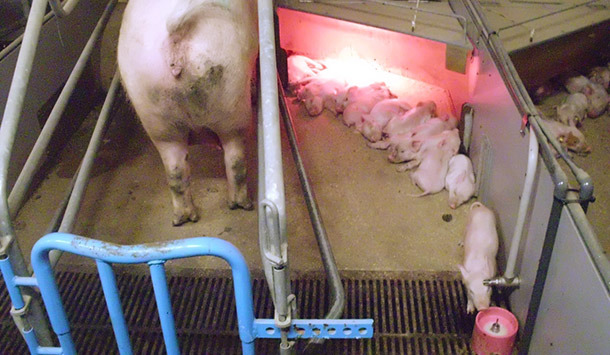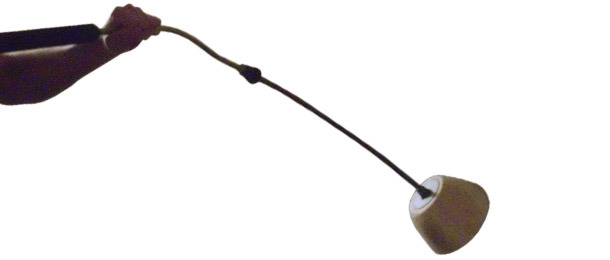Hyperprolificacy entails many changes in pig production, but the biggest challenge is the management of the piglets that exceed the number of teats of the sows. Although it is not the only possibility, it is true that one of the tools that we have to manage these surplus piglets is the use of a milk replacer. There are different uses for milk replacers, but the most common ones are:
- Some farms use it to wean young (8 to 12 days old) piglets with a good weight and thus avoid the use of many foster sows, with the overcrowding in the farrowing quarters that this entails.
- Other systems provide milk to the piglets while they are still sucking, since their first days of life (Photo 1). With the use of a milk replacer as a supplement to the sow milk, we seek to increase the number of piglets that the sow is able to rear, thus reducing the number of foster sows. We also achieve a higher weight at weaning.


Photo 1. Giving artificial milk to the piglets from their first days of life is one of the options that we have to manage hyerprolificacy. When using this system, the hygiene of the whole process is key to avoid digestive pathologies.
One of the critical points when using a milk replacer is hygiene. The tanks where the replacer is mixed, as well as the circuit, must be thoroughly cleaned routinely. The bowls used for providing the milk replacer in the farrowing quarters must also be cleaned very well, removing the surplus milk before it spoils and can cause digestive problems to the piglets. The piglets can also soil the bowl by excreting in it.

Photo 2. On this Danish farm, the manager places a plastic piece on the high pressure cleaner spear with the same size as the bowls that facilitates their cleaning process.
In a recent visit to Denmark we saw a very simple and effective system for the cleaning of the bowls. The farm manager had adjusted a plastic 'shell' to the high pressure cleaner spear. This 'spear' has the exact size to cover the bowl where the milk replacer is provided, so it allows to cover it completely. In this way, the bowls can be cleaned in a practical, effective and clean way without splashing all the farrowing pen or soaking the piglets.




